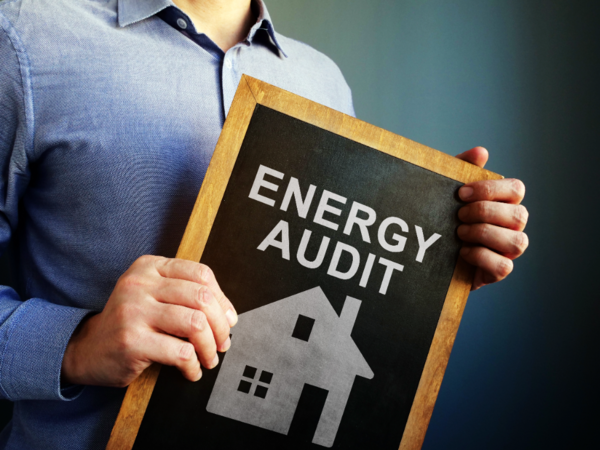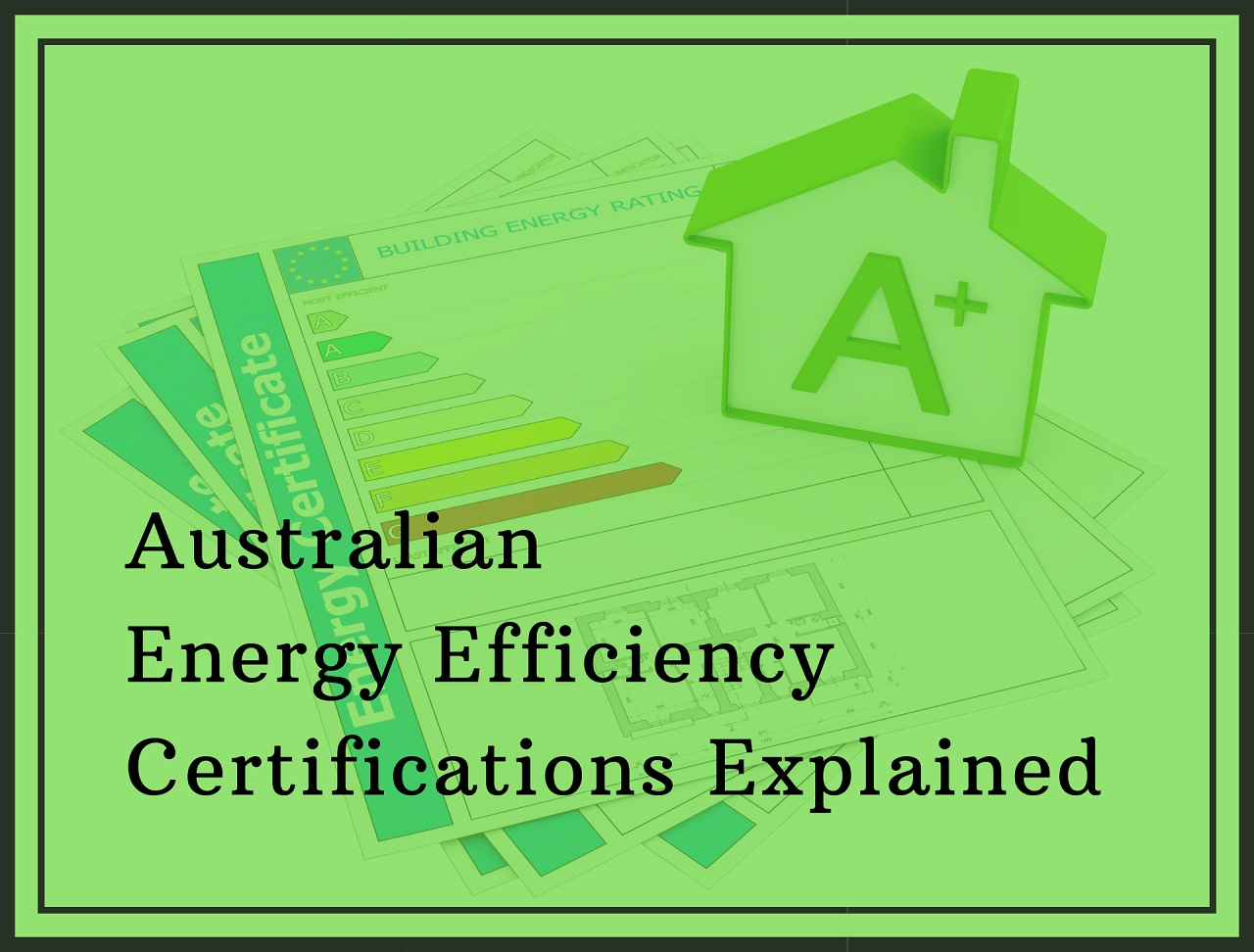All you need to know about the Energy Audit and its Necessity

An energy audit is not a new concept, but most people are reluctant about it because they are not aware of its beneficial sides. Just the way your finances and companies need an inspection, your space's power uses and mark all the specifications.
As we all know, the 6 star energy rating policy and how valuable it is for any housing. Presently, it has become a mandatory requirement to get a building permit in major states of Australia. This requires your space to have proper temperature control and be more energy efficient, which is only possible when a proper inspection is done, and that is what the audit will provide you.
If you still have doubts regarding a power inspection at your home or business place, then you are at the right place. So, without any further delay, let's look at all the basic details you need to know about the energy audit.
What is an energy audit?
An energy audit is a process used to evaluate the power efficiency of a building or facility. The audit typically includes a review of energy use. To elaborate, it is a comprehensive assessment of a building or facility's power usage, identifying areas where it is being wasted and providing recommendations for efficiency improvements.
It is typically conducted by a professional auditor who uses a variety of tools and techniques, such as thermal imaging, blower door tests, and modelling software, to gather data and analyse the building's energy performance.
How many types energy audits can be?
There are two different types that can be performed on a building or facility. Those are-
Preliminary energy audit: A preliminary energy audit, also known as a "pre-audit" or a "screening audit," is a quick assessment of a building's power use, typically done by a trained energy auditor. It covers visual observations, simple measuring and testing, and the collection of electricity bill data. During a preliminary audit, the auditor will typically conduct a walk-through of the building to identify any obvious areas of power waste, such as leaking air ducts or improperly adjusted HVAC systems.
Detailed energy audit: A detailed audit is a comprehensive assessment of a building's energy performance, which provides specific recommendations for power efficiency improvements. It is also known as a "full-scale" or "comprehensive" inspection, which is a more in-depth assessment of a building's energy use.
Based on how you are conducting it can also be two types:
1. Hiring professionals to perform the audit, which is the traditional method
2. DIY (do it yourself) is practised, especially in homes when the traditional process takes a long time. But it is quite a lot difficult task to achieve. That's why hiring quick services that provide widely recognised 6 Star energy rating reports in less time is a wise decision. It will save you time and hassle and ensure a professional service.
What are the categories to find in a checklist?
The items included in a checklist for a detailed energy audit can vary depending on the specific building or facility being audited, but some common elements that are typically included are:
- Lighting
- Insulation
- Electric motors
- Water heating
- Habits
- Air leakage
- Household or business heating systems
- Cooling systems
- Electronics
What is done during the audit?
During an energy audit, a trained auditor will typically perform the following steps:
1. Initial assessment: The auditor will conduct a walk-through of the building to identify any obvious areas of power waste, such as leaking air ducts or improperly adjusted HVAC systems or identify any unusual or excessive usage patterns.
2. Measurement and testing: The auditor will use various tools and equipment to measure and test the building's systems, which may include measuring airflow, temperature, humidity etc.
3. Data collection and analysis: Collecting and analysing data from the measurement and testing, as well as from the building's electricity bills, to identify patterns of power consumption is done in this step.
4. Recommendations: Based on the findings of the audit, the auditor will provide a report that includes specific recommendations for energy efficiency improvements, such as sealing air leaks, upgrading insulation etc.
5. Implementation: The auditor will work with the building's management to implement the recommended efficiency improvements and to track the building's performance over time.
How long the full process takes?
The time it takes to complete a full audit process can vary depending on the size and complexity of the building or facility being audited, as well as the type of inspection being performed. A preliminary or walk-through can typically be completed in a few hours. While a detailed process typically takes around 3 to 7 days.
For a quick home energy rating, try to seek help from a power assessment service that can provide a fast and correct report that is well-recognised all over Australia.
Reasons why an energy audit is worth doing?
Audits are a must for you, your surroundings and for a sustainable future. Let's look at the possible reasons why it is worth doing-
• Identify possible energy-saving opportunities
An energy audit is a comprehensive assessment of a building's power usage, which can identify areas where it is being wasted and provide recommendations for efficiency improvements.
By identifying inefficiencies and areas of power waste, the auditor can provide recommendations for developments that can help to reduce power consumption and costs. Once you find a way to save, a 6 star energy rating won't be too far to reach.
• Saving money and power
The first and one of the main advantages of performing an energy audit is that it can help homeowners save money on their utility bills. Through the inspection, the faulty categories where power is being wasted come to light, along with suitable solutions. So by following the solutions, energy gets saved and depending on the upgrades, 5% to 30 % of your electricity bill can be saved as well.
• Understanding the usage
Understanding power usage is key to identifying opportunities for savings, setting goals and tracking progress. An energy audit can help building owners and managers understand their usage by providing detailed information on how and where it is being used within the building.
The audit process includes measuring and testing the building's systems and equipment as well as analysing the building's bills. Additionally, a power inspection can provide insight into the building's energy consumption during different times of day, different seasons, and different occupancy levels. So, it can provide a clear picture of the building's power usage and pinpoint specific areas where savings can be achieved.
• Health and safety standards
In addition to saving money on utility bills, a home audit can also help to improve health and safety standards by identifying issues with the building's systems and equipment that can affect the health and well-being of the occupants. During the audit, the auditor may identify potential health and safety hazards such as mould growth, poor indoor air quality, or carbon monoxide leaks. By identifying this issue, the auditor can provide recommendations that can lead to improved comfort for the building's occupants.
• Increase the resale value of the space
Energy-efficient homes are becoming increasingly desirable to potential buyers as they can lead to lower power costs and improved comfort. The audit can help to increase the resale value of a home by identifying areas where efficiency improvements can be made and providing recommendations for those improvements. The audit report can also serve as a selling point, providing potential buyers with information on the home's performance and the upgrades that have been made.
In conclusion, an energy audit is an important tool for identifying opportunities for power savings and improving building performance. It can help organisations and homeowners save money on energy costs, increase the value of their buildings, improve comfort and indoor air quality for occupants, and along with all these, care about the environment by reducing the environmental impact.


